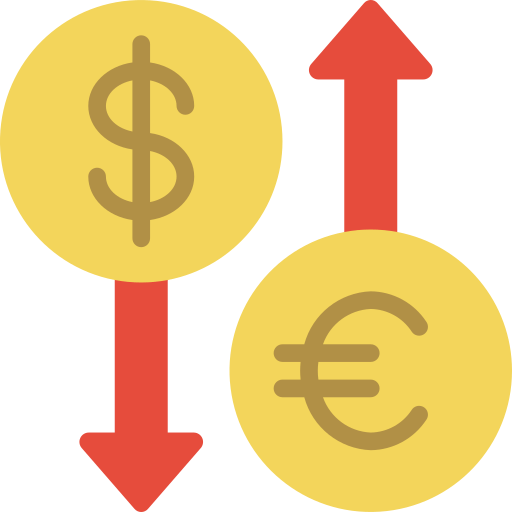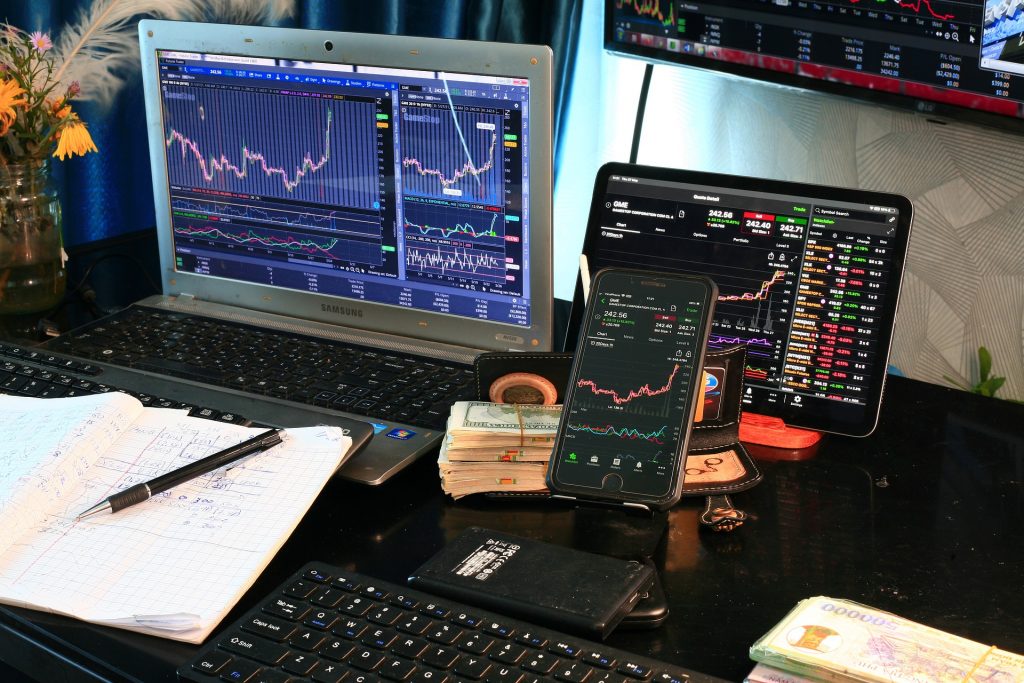Technical analysis, or “TA”, is the study of past price movements to predict future price movement. You can apply technical analysis to nearly every tradable instrument. However, it is most often associated with stocks and futures due to its ability to predict short-term changes in volatility.
When analyzing forex price action, technical analysts will use indicators that are not directly related to any fundamental value that may be influencing the product’s current market price. For example, if one were looking at a chart of EUR/USD, they would likely see information about supply and demand for the Euro, which has little bearing on the market forces influencing the actual price of EUR/USD (the bid-ask spread).
How does one use technical analysis?
Technical analysis can be used in many ways; it depends on the goals of the trader. For example, if an investor or trader wishes to predict market-wide price action (ex: which direction the EUR/USD will move), they may wish to make their TA-based trading charts and indicators by drawing lines on price charts themselves. Alternatively, they could purchase charts already created for them with all kinds of pre-drawn indicators. The latter is often referred to as a “technical indicator” or “trading chart”. So how then does one decide what kind of technical analysis tools one wants to use? First, let’s look at some different types of forex tools available for traders: There are a few different types of charts that a trader might use for their technical analysis, such as:
Line chart
The line chart is the simplest type of bar graph. It shows only the closing price, and each bar starts at zero (which means there is no difference between opening and closing prices). This type of chart is mainly used to show long-term trends.
Scatter chart
A scatter chart displays information as points instead of bars. Each point on the data represents the value for one particular security over time. The connecting lines help highlight trends and patterns within the data.
Candlestick Chart
If you’re looking to take your trading strategy up a notch, then you should consider using candlesticks. They offer more than just the information provided by line and bar charts, plus they can help you spot trends faster. The lines represent the opening, high, low, and closing prices of each period. Candlesticks also contain two other elements: shadows (the upper and lower borders of the body) and colours – which indicate whether prices closed in the black or red that day.
You may do the same analysis on any time frame, but the shorter the period is, of course, the more volatile it will be. Traders using daily candlesticks may not even trade hourly or 15-minute charts because these are so intraday. The longer the time frame used for analysis is, of course, the longer it will take to detect trends. Still, with the same time frame used by all participants in a market (with no early access to price information), TA becomes inherently more reliable for any given timeframe.
You can use candlesticks on their own or in combination with other charting tools, like line charts. The advantage of using candlesticks is that they visualise the daily high, low, and closing prices. This additional information can provide insight into market sentiment, leading to a better understanding of overall price action.
Moving Averages (MA)
The first type of technical indicator is the moving average. It’s a simple yet effective tool for smoothing out price fluctuations, which helps to identify trends more clearly. Moving averages can be calculated in many ways. However, the most popular methods are Simple Moving Average (SMA), Exponential Moving Average (EMA), and Weighted Moving Average (WMA). Each type of MA has its strengths and weaknesses:
Moving averages can help confirm a trend change. For example, if the price breaks above a rising SMA, it shows that bulls have taken control of the market. The SMA is a lagging indicator that provides a clearer picture of market trends, but it can be wrong even after an established trend, as it cannot anticipate price changes.
Targets and stop orders
If you want to try your hand as an active trader, you should consider using targets and stop orders on forex. Some traders use Fibonacci retracements when setting up potential buy or sell points on charts (Fibs). The key Fib levels are 38.2%, 50%, 61.8% and 100%. These levels correspond with previous highs and lows on the chart and help determine future support and resistance levels for each trend cycle.

